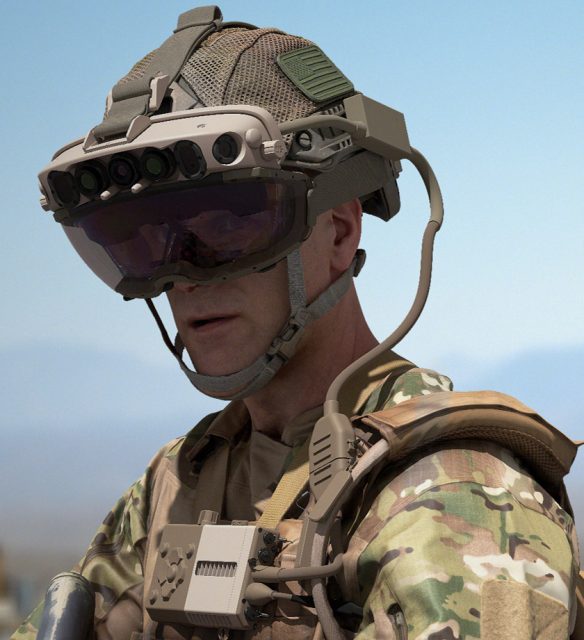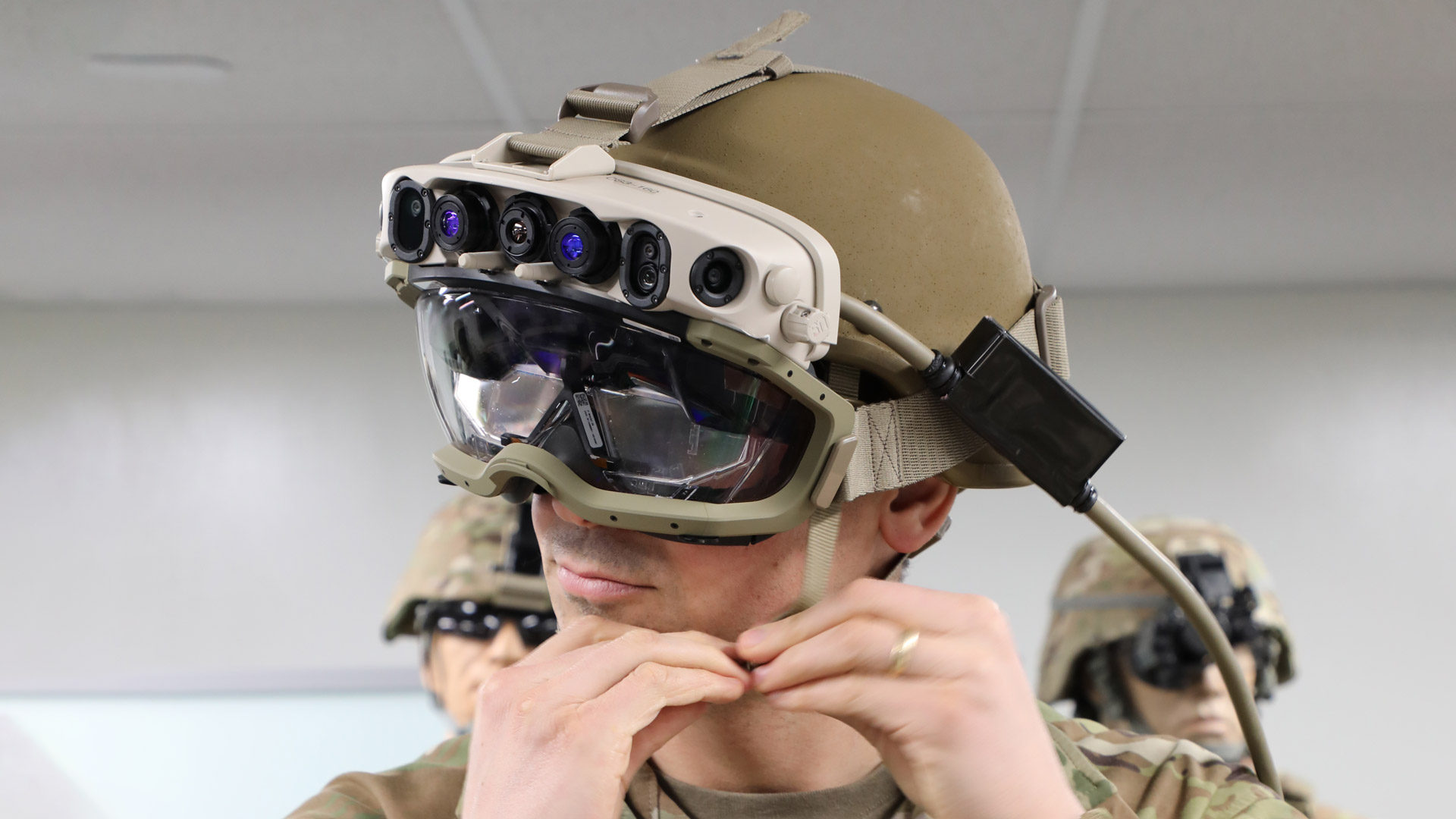Following a prototyping phase started in 2019, Microsoft and the United States Army have announced they are moving to a production phase of the Integrated Visual Augmentation System (IVAS), based on HoloLens 2 technology, through a contract worth up to $22 billion.
In 2019, Microsoft announced it was working with the US Army to prototype and test the IVAS system, an AR headset designed for both training and live battlefield use, based on Microsoft’s HoloLens 2 technology.

What started as a $480 million deal has now ballooned into a contract worth up to $21.88 billion, according to Microsoft, with an initial five year timeline and an option for an additional five years.
The US Army announced the contract last week as a “fixed price production agreement to manufacture the Integrated Visual Augmentation System (IVAS)” aimed at moving the project into a “production and rapid fielding” phase.
According to the US Army, the IVAS system is designed to streamline existing vision-enhancing and immersive training capabilities into a single platform.
“The suite of capabilities leverages existing high-resolution night, thermal, and Soldier-borne sensors integrated into a unified Heads Up Display to provide the improved situational awareness, target engagement, and informed decision-making necessary to achieve overmatch against current and future adversaries,” the US Army writes. “The system also leverages augmented reality and machine learning to enable a life-like mixed reality training environment so the Close Combat Force can rehearse before engaging any adversaries.”
Both Microsoft and the US Army paint the IVAS project as a “non-traditional” collaboration between the Army and a technology company, rather than a defense contractor. The organizations claim the direct collaboration has significantly increased the speed of development for the project.
